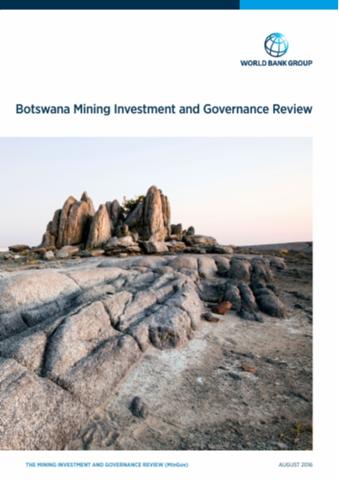Meeting Name: FAO Committee on Forestry
Meeting symbol/code: COFO 2016/REP
Session: Sess. 23
Meeting Name: FAO Committee on Forestry
Meeting symbol/code: COFO 2016/REP
Session: Sess. 23
Meeting Name: African Forestry and Wildlife Commission
Meeting symbol/code: FO:AFWC/2016/4.1
Session: Sess. 20
Meeting Name: African Forestry and Wildlife Commission
Meeting symbol/code: FO:AFWC/2016/4.2
Session: Sess. 20
Meeting Name: African Forestry and Wildlife Commission
Meeting symbol/code: FO:AFWC/2016/4.1
Session: Sess. 20
Migration between rural locations is prevalent in many developing countries and has been found to improve economic well-being in sub-Saharan Africa. This paper explores the pathways through which intra-rural migration affects well-being in rural Tanzania. Specifically, we investigate whether…
Les Directives volontaires pour la gouvernance responsable des terres, des pêches et des forêts dans le contexte de la sécurité alimentaire nationale reconnaissent que des investissements responsables des secteurs public et privé sont essentiels pour améliorer la sécurité alimentaire et…
Les terres arides couvrent près de la moitié de la surface terrestre et abritent un tiers de la population mondiale. Elles sont confrontées à des défis hors du commun, notamment ceux posés par la désertification, la perte de biodiversité, la pauvreté, l’insécurité alimentaire et les changements…
The Botswana Mining Investment and Governance Review (MInGov) collects and shares information on mining sector governance, its attractiveness to investors and how its activities affect national development. It reviews sector performance from the perspective of three main stakeholder groups –…
The Botswana Mining Investment and Governance Review (MInGov) collects and shares information on mining sector governance, its attractiveness to investors and how its activities affect national development. It reviews sector performance from the perspective of three main stakeholder groups –…
Current and future impacts of climate change include increasing variability in a number of biophysical processes, such as temperature, precipitation, and flooding. The Intergovernmental Panel on Climate Change (IPCC) has suggested that Southern Africa is particularly vulnerable to the…



